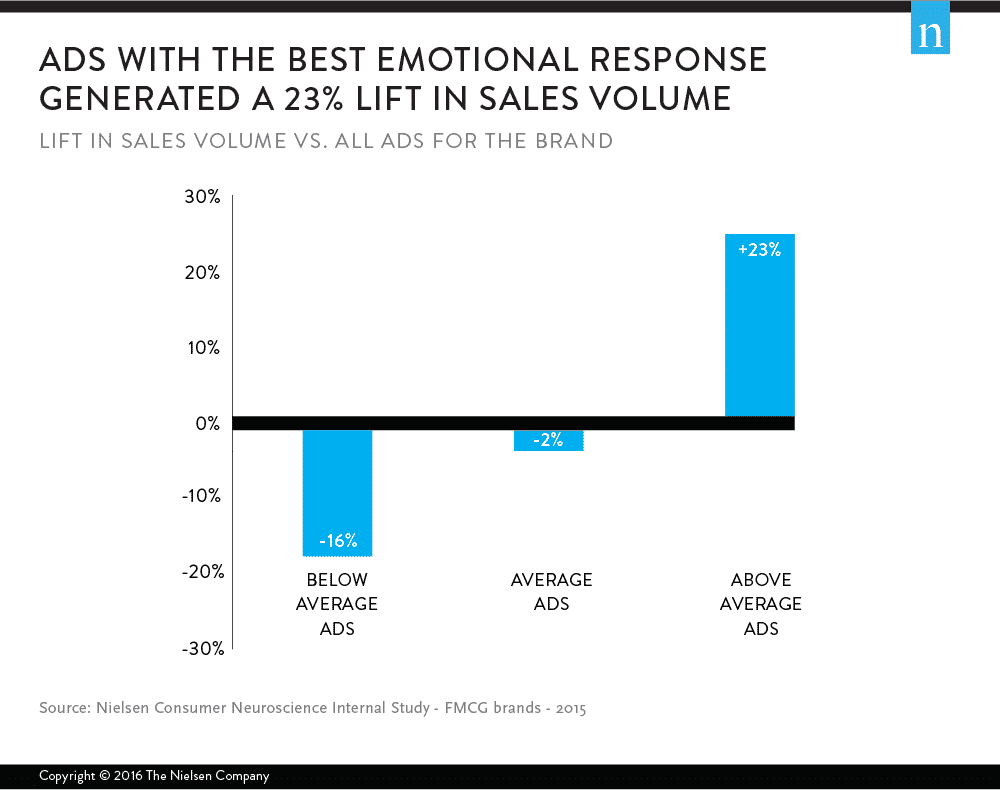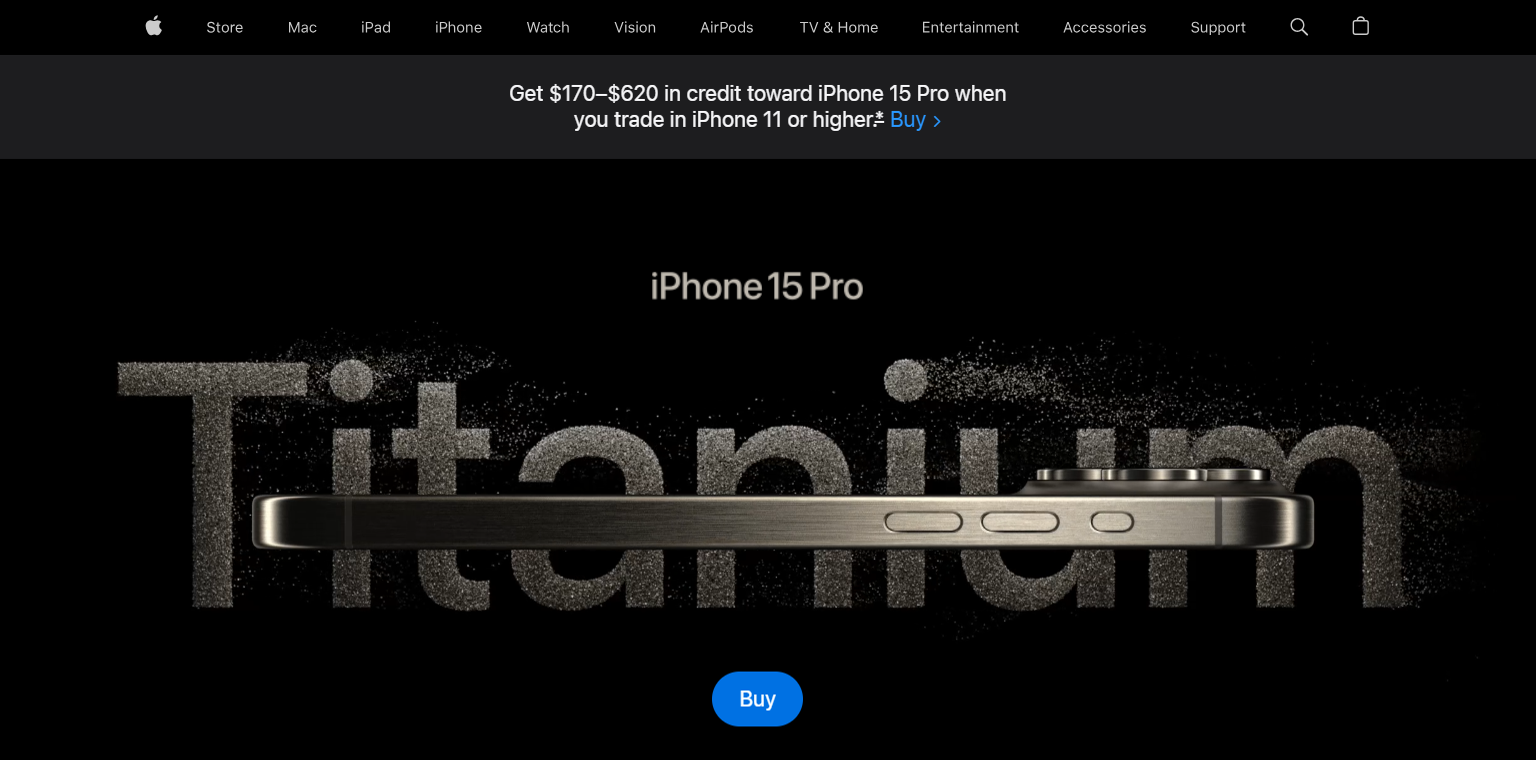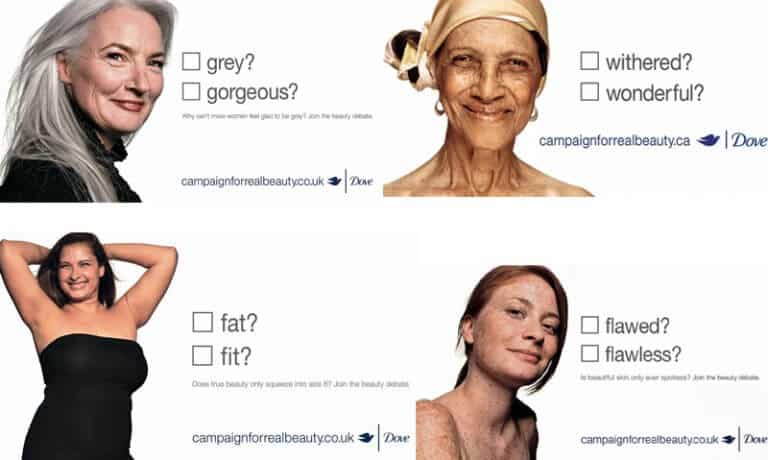Discover top guides, trends, tips and expertise from AIO Writers
5 Iconic Brand Voice Examples (+ How to Find Your Unique Tone in a Noisy World)
Justin McGill
Tuesday, 1st Nov 2022
A strong brand identity goes beyond just a catchy logo and a memorable tagline. It’s about crafting a voice that resonates with your target audience and sets you apart in a crowded marketplace.
You’ve seen killer brand voice examples — like Nike urging you to “Just Do It” or the quirky humor of Old Spice. These aren’t happy accidents but carefully crafted strategies.
Finding your brand voice is about identifying the core values and personality traits that define your business. Think of it as the human touch in a digital world. This human touch helps people connect with your brand on an emotional level.
Here’s why it’s so important:
After price, 53% of consumers consider trust the most important purchasing factor.
When we examine the elements that foster brand trust, it becomes evident that customers seek authenticity above all else.
Authenticity is the cornerstone of trust, making it essential to engage with customers using a relatable and sincere brand voice. 😊
We achieve this by maintaining consistency in our distinct brand tone.
If you keep switching between being playful and serious, you can’t expect your audience to trust you.
Let’s dive into the concept of brand voice, review some best examples, and discover how you can develop a distinctive voice that resonates with your target audience, cultivates loyalty, and ultimately drives sales.
What Is a Brand Voice?
Imagine walking into a cozy café where the barista greets you with a warm smile and a friendly “Hey there! What can I get started for you today?” Now picture a high-end restaurant where the server approaches with a formal “Good evening, sir. How may I assist you?” Both places serve coffee and food, but their brand voices create entirely different experiences.
So, what exactly is a brand voice? Simply put, it’s the unique personality and tone that your brand communicates to the world. It’s not just about the words you choose; it’s the way you talk to your customers that reflects your brand’s values and culture.
Why Does Brand Voice Matter?
In today’s digital landscape, standing out is more challenging than ever. You’re competing for attention, not just with other businesses in your niche, but with everything the internet throws at your audience. This is where nailing your brand voice is crucial.
Brand Voice Builds Trust
Customers, especially in the age of online shopping and digital interaction, crave authenticity. When they sense a genuine personality behind the brand, trust is established.
This brand personality speaks directly to customers. It makes the business seem less like a faceless corporation, and more like a team of real people customers can relate to.
Think about the brands you’re loyal to. Chances are, they’ve managed to connect with you personally. It could be their values, their humor, or their genuine desire to help. It all ties back to their brand voice.
There’s extreme power in creating an emotional connection through storytelling in content. In fact, an emotional connection can increase sales by 23%.


A Strong Brand Voice Creates a Memorable Identity
Consistency is key when thinking about your brand strategy. Imagine a brand that’s overly formal on its website, but suddenly throws out memes on Twitter. What if this same brand uses overly casual language in its email marketing? The result is a confused audience unsure of what the brand stands for.
Aligning your media posts with your brand personality is important for telling a cohesive story. By having a consistent brand voice across all platforms, you build a unified and memorable identity. This includes your website copy, your blog posts, your social media interactions, and even the tone of your customer service replies.
The Best Brand Voice Examples
A strong brand voice sets companies apart and fosters deep connections with their audiences. Let’s take a closer look at how iconic brands like Nike, Apple, Coca-Cola, Dove, and Red Bull have crafted distinctive voices that resonate powerfully with consumers.
Brand Voice Example #1: Nike


Voice Characteristics: Inspirational, Motivational, and Empowering
Nike’s brand voice is all about motivation and empowerment. Through its iconic slogan, “Just Do It,” the brand encourages consumers to push their limits and achieve greatness.
Nike uses powerful storytelling to highlight athletes’ journeys, celebrating perseverance and determination. The tone is often direct and assertive, inspiring people to take action and embrace their potential.
Example: Nike’s advertisements feature compelling narratives of athletes overcoming challenges, infused with powerful language that drives home the message of resilience and achievement.
Brand Voice Example #2: Apple


Voice Characteristics: Innovative, Minimalistic, and Friendly
Apple’s brand voice reflects its commitment to innovation and simplicity. The language is straightforward, with a focus on clear communication and user-friendliness.
Apple’s voice embodies a sense of sophistication without being overly complex, appealing to tech-savvy consumers and those new to technology alike.
Example: Apple’s product launches feature sleek presentations and concise messaging, highlighting features and benefits in a way that feels accessible yet cutting-edge.
Brand Voice Example #3: Coca-Cola


Voice Characteristics: Cheerful, Friendly, and Uplifting
Coca-Cola’s brand voice embodies happiness and togetherness. It’s approachable and friendly, often evoking nostalgia and positive emotions.
The brand communicates joy through its advertising campaigns, encouraging consumers to share moments with friends and family over a Coke.
Example: Coca-Cola’s holiday ads, such as the iconic “Holidays Are Coming” campaign featuring the Coca-Cola truck, showcase the brand’s ability to connect emotionally with its audience through joyful experiences.
Brand Voice Example #4: Red Bull


Voice Characteristics: Adventurous, Energetic, and Bold
Red Bull’s brand voice is dynamic and daring, perfectly aligning with its identity as an energy drink. The language used is high-energy and adventurous, appealing to thrill-seekers and athletes.
Red Bull doesn’t just sell a product; it sells a lifestyle that embraces excitement and pushing boundaries.
Example: Red Bull’s sponsorship of extreme sports events and engaging content, like the “Stratos” jump by Felix Baumgartner, showcases its adventurous spirit and resonates with an audience that craves excitement.
Brand Voice Example #5: Dove


Voice Characteristics: Compassionate, Honest, and Empowering
Dove’s brand voice is centered on real beauty and self-acceptance. It promotes a message of authenticity and inclusivity, using language that fosters self-confidence and empowerment.
Dove encourages women to embrace their natural beauty and challenges societal norms, making it relatable and supportive.
Example: The “Real Beauty” campaign, which features real women of various shapes and sizes, effectively communicates Dove’s commitment to challenging stereotypes and celebrating individuality.
Discovering Your Brand’s Voice: Key Considerations
Finding the perfect brand voice isn’t as simple as copying what works for others. It requires digging deeper into what makes your brand special and developing a distinct personality.
Who Are You Talking To?
You can’t establish a connection if you don’t know who you’re talking to.
Identifying your target audience is vital. This includes their demographics, psychographics, and what makes them tick. You wouldn’t use the same language talking to a college student as you would to a retired executive.
What Problem Are You Solving?
This goes hand-in-hand with understanding your audience. Your brand’s voice should reflect the solutions and value you bring to the table.
Are you offering expert advice in a complex field, requiring a more professional tone? Are you bringing humor and lightheartedness to a typically serious industry?
Knowing your subject matter is key to understanding how to speak to your target audience.
Define Your Core Values
Think about the values your brand represents. Are you innovative, reliable, edgy, or community-driven? Choosing three to five core brand attributes will help shape the language you use and the overall tone of your messaging.
It’s about being true to yourself and letting that authenticity shine through.
Find Inspiration (But Don’t Copy)
Looking at brand voice examples, particularly in your industry, is a great way to gather inspiration. Notice their tone, their language, and their approach to engaging their audience.
See how these brands have crafted a voice that feels authentic. However, while inspiration is valuable, resist the urge to directly copy. Your brand should have its own unique flavor.
How to Create Your Brand Voice in 6 Steps
Your brand voice guidelines should form a critical part of your overarching brand style guidelines.
Here are the key steps to help you develop your brand voice:
1. Define Who You Are As a Brand
The first step in creating your brand voice is to clearly understand your brand’s identity. Ask yourself:
- What are your core values? Identify the principles that guide your business decisions and interactions.
- What is your mission? What do you aim to achieve, and how do you want to impact your audience?
- Who is your target audience? Understand who you’re speaking to, their preferences, and what resonates with them.
Example: If your brand is focused on sustainability, your voice should reflect environmental consciousness and a commitment to social responsibility.
2. Set Guidelines for Using Your Brand Name
Consistency is key when it comes to how you present your brand. Establish clear guidelines on how to use your brand name and logo across various platforms. Consider the following:
- Brand Name Usage: Specify when and how to use your brand name (e.g., always capitalize, use as a verb, etc.).
- Logo Guidelines: Outline rules for logo placement, colors, and sizing to ensure a cohesive visual identity.
Example: A tech company might set guidelines for using its brand name in product descriptions, ensuring it’s always portrayed as innovative and user-friendly.
3. Define Your Brand Tone of Voice
Your tone of voice reflects your brand’s personality and influences how your audience perceives you. Here’s how to define it:
- Identify Tone Characteristics: Decide on the adjectives that best describe your brand voice (e.g., friendly, authoritative, playful).
- Create Tone Guidelines: Develop guidelines for how to adjust your tone based on different contexts (e.g., social media, customer service, website content).
Example: A financial services company may adopt a more professional and authoritative tone for formal communications while using a friendlier tone in social media interactions.
4. Define Your Brand as a Movie Character
A creative way to conceptualize your brand voice is to think of your brand as a character in a movie. Ask yourself:
- What kind of character would your brand be? Is it a wise mentor, a quirky sidekick, or a daring hero?
- What attributes does this character embody? Consider personality traits, motivations, and how this character interacts with others.
Example: If your brand were a character, it might be a warm and approachable guide leading customers through their journey, emphasizing support and encouragement.


5. Create a Shared Brand Voice Document
Documenting your brand voice is essential for consistency, especially if you have a team. Think of this as a style guide for your written content.
A brand voice document outlines your preferred language, tone, and even punctuation styles. It helps maintain consistency whether your team is crafting a social media post or writing a blog article. A brand voice guide will make sure you always hit the right tone.
Create a comprehensive brand voice document that includes:
- Voice and Tone Guidelines: Summarize the tone characteristics, voice guidelines, and context adjustments.
- Examples and Non-Examples: Provide clear examples of what to do and what to avoid in your writing.
- Key Vocabulary and Phrases: List words and phrases that resonate with your brand and those that should be avoided.
Example: This document serves as a reference for everyone on your team, ensuring that all communications align with your brand voice, whether it’s social media posts, customer emails, or marketing materials.
6. Put It in Action
Once you’ve defined your brand voice, it’s time to implement it across all channels. Here’s how to put it into action:
- Training Your Team: Educate your team about your brand voice and guidelines. Provide examples to help them understand the tone and style expected in their communications.
- Consistent Application: Ensure that your brand voice is consistently applied across all platforms—social media, website content, advertisements, and customer interactions.
- Gather Feedback: Encourage team members to provide feedback on how well they think the brand voice is being executed and adjust as needed.
Example: If your brand voice is friendly and approachable, make sure that tone is reflected in customer service interactions, blog posts, and marketing emails.
Make sure everyone on your team understands your brand voice guide. This includes your marketers, content creators, and your customer support representatives. Conduct workshops or training sessions to ensure they know how to communicate using your established tone and style.
Creating a unique brand voice is a dynamic process that requires careful thought and consideration. By following these steps, you can develop a voice that not only resonates with your audience but also sets your brand apart in a crowded marketplace.
Consistency and authenticity are key to building lasting relationships with your customers so take the time to cultivate a voice that truly represents who you are as a brand.
Finding Your Brand Voice
While consistency is crucial, remember that language is fluid. What resonates today may not have the same impact tomorrow.
Regularly revisit and refine your brand voice guide to ensure it stays current. You also want to make sure it reflects your brand’s evolution and connects with your audience’s changing preferences.
By taking the time to uncover what makes your brand unique, you can create a lasting impression. You do this by infusing your brand’s distinct personality into every communication. This process helps to build meaningful relationships with your audience.
You become less of a business and more of a personality—the kind people want to connect with, engage with, and ultimately, do business with.

UNLOCK YOUR POTENTIAL
Long Headline that highlights Value Proposition of Lead Magnet
Grab a front row seat to our video masterclasses, interviews, case studies, tutorials, and guides.



